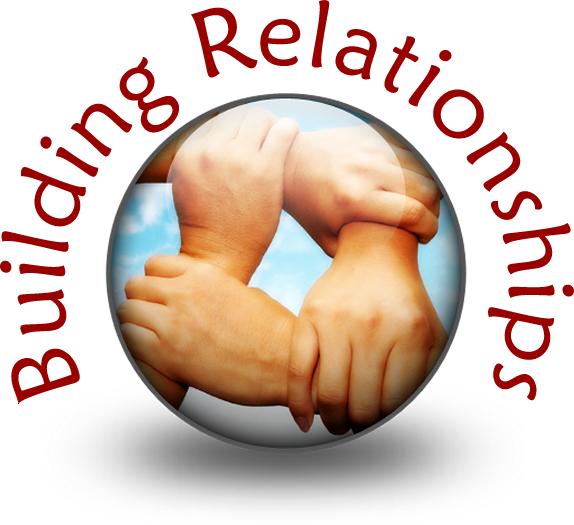How to Always Be Ready to Adapt Your Business to
Change

If you've achieved some success in your startup's first product, how do you keep growing? What should you do if an upstart gives your customers a product that delivers more bang-for-the-buck than yours? How do you know when the needs of your customers are changing and adapt to those changes effectively? How should you alter your startup's business strategy to take advantage of new technology?
I've seen startups use all kinds of strategies to stay ahead of changing customer needs, new competitors and evolving technology. One CEO acted as chief customer service officer, visiting with each customer after the sale to ask for feedback and adjust offerings as needed. Another wrote press releases three years into the future to create a vision of what the company should be doing three years from now.
Both of these approaches have their benefits -- providing motivation to move forward and a clearer vision into the future. But what if your vision of the future is not the best one for your startup or your current customer doesn't represent your future target customer?
To tap into the strengths of some of these approaches while overcoming their weaknesses, I developed a six-step process to help entrepreneurs grow their business without boundaries.
1. Create a forward-thinking team-

You should lead a team consisting of key functional leaders in your company and select customers and suppliers who can help you rethink your startup strategy. Check in with them often to stay on top of their needs.
2. Map your startup's value network-
 The value network is all the industries from your product's raw materials to the end consumer. Your team can gain valuable insights by fanning across the value network and finding which companies are growing fastest and why.
The value network is all the industries from your product's raw materials to the end consumer. Your team can gain valuable insights by fanning across the value network and finding which companies are growing fastest and why.
3. Choose who you listen to-

Monitor the market signals generated by the most interesting participants in your industry's value network. For example, what new products is your fastest growing competitor working on? Which customer segments seem to be adopting your product the fastest?
4. Generate a business model hypothesis-

Based on your team's analysis of these market signals, you should generate ideas about how you might change your strategy such as product features, target customer, pricing and distribution channels.
5. Get market feedback-

Launch the top three ideas and see what kind of feedback you get from the market. Do this launch as quickly and inexpensively as you can. You can always adapt and make changes later.
6. Refine based on feedback-

Add more features that customers want and take away ones they hate. Always be looking for ways to improve.
Change

If you've achieved some success in your startup's first product, how do you keep growing? What should you do if an upstart gives your customers a product that delivers more bang-for-the-buck than yours? How do you know when the needs of your customers are changing and adapt to those changes effectively? How should you alter your startup's business strategy to take advantage of new technology?
I've seen startups use all kinds of strategies to stay ahead of changing customer needs, new competitors and evolving technology. One CEO acted as chief customer service officer, visiting with each customer after the sale to ask for feedback and adjust offerings as needed. Another wrote press releases three years into the future to create a vision of what the company should be doing three years from now.
Both of these approaches have their benefits -- providing motivation to move forward and a clearer vision into the future. But what if your vision of the future is not the best one for your startup or your current customer doesn't represent your future target customer?
To tap into the strengths of some of these approaches while overcoming their weaknesses, I developed a six-step process to help entrepreneurs grow their business without boundaries.
1. Create a forward-thinking team-

You should lead a team consisting of key functional leaders in your company and select customers and suppliers who can help you rethink your startup strategy. Check in with them often to stay on top of their needs.
2. Map your startup's value network-

3. Choose who you listen to-

Monitor the market signals generated by the most interesting participants in your industry's value network. For example, what new products is your fastest growing competitor working on? Which customer segments seem to be adopting your product the fastest?
4. Generate a business model hypothesis-

Based on your team's analysis of these market signals, you should generate ideas about how you might change your strategy such as product features, target customer, pricing and distribution channels.
5. Get market feedback-

Launch the top three ideas and see what kind of feedback you get from the market. Do this launch as quickly and inexpensively as you can. You can always adapt and make changes later.
6. Refine based on feedback-

Add more features that customers want and take away ones they hate. Always be looking for ways to improve.



























